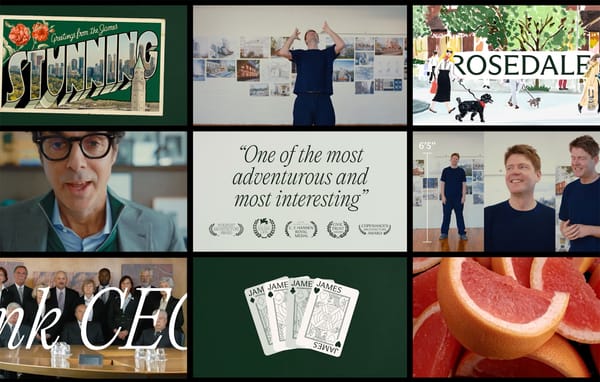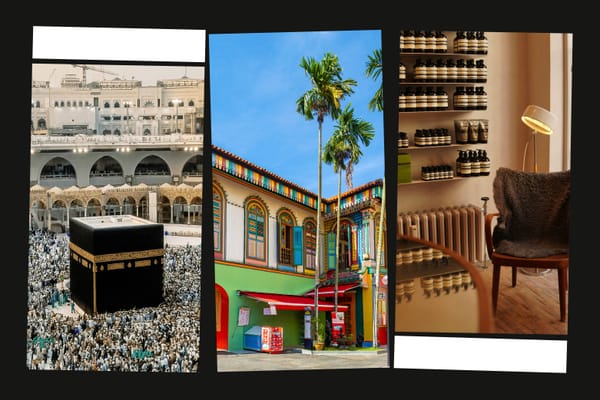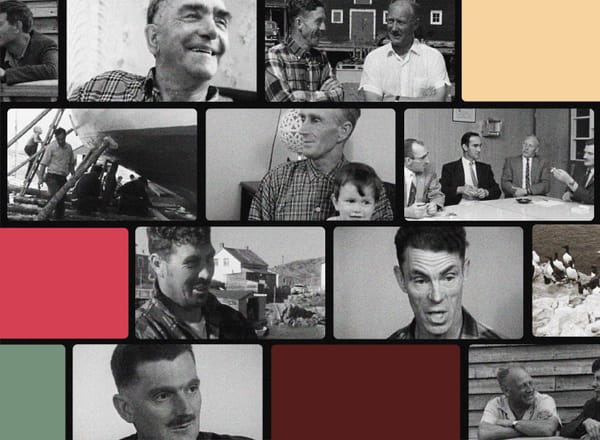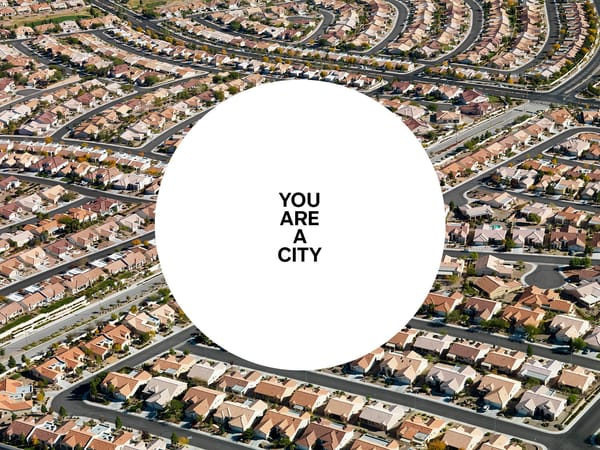Maybe Brands Are Trees
The importance of invisible networks to healthy brand ecosystems
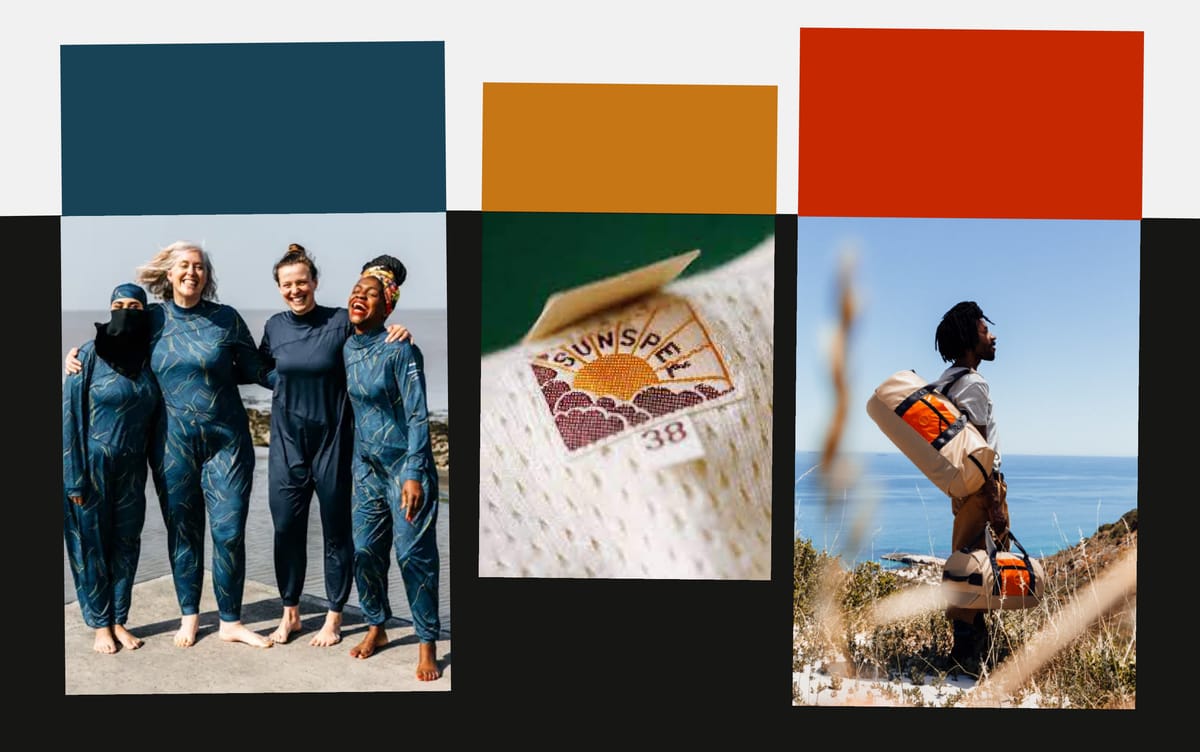
In a recent post I argued that brands are not trees. Trees have linear structures branching from a central source and brands are more layered and networked semi-lattices, like cities. If we take the metaphor a step further, one key insight about the semi-lattice approach to thinking about cities is that multiple truths can be possible simultaneously.
While the above-ground structure of a tree may be hierarchical in form, the underground life of forests is a story of millions of tiny overlapping signals passing between a vast tangle of roots: 90 percent of tree species are connected through these underground networks, which scientist Suzanne Simard calls “the wood wide web.” Underground, one mature tree can be linked to dozens of others over distances of up to twenty meters.

There’s something useful here when thinking about traditional brand-building, which tends to be noisy, controlled, and mostly surface-level. PR and ad campaigns can be short lived; loud for a moment and then quick to quiet once the attention cycle has moved on. So if we’re looking to build lasting brands, it may be that we have to move under the surface to find the most important exchanges between the brand and the people who care about it. In other words, if brands are trees, the most important action may be happening underground and out of view.
Mycorrhizal Matters
Mycorrhiza are fungal filaments that weave into and between plant roots. They effectively extend the reach of roots by up to 700 percent and help trees and plants by creating a symbiotic relationship with fungi.
Mycorrhiza help supply plants with sugars and carbohydrates from photosynthesis. The fungi deliver minerals like phosphorus and nitrogen along with water from areas of soil that the plants and trees, alone, can’t reach.
We can think about Mycorrhiza as a kind of communication network that transmits chemical “messages” to other plants. If one tree is attacked by pests, it can trigger the production of defensive compounds in its neighbours.
Through a system of hub or “mother” trees, carbon and nutrients can be transferred to shaded seedlings to help them survive challenging circumstances like low-light conditions. The temptation to anthropomorphize by believing the trees are looking out for each other may be strong, but the reality is this system helps maintain the stability and diversity of the forest ecosystem as a whole, which is a net benefit to everything that lives within it.
This is all relatively new thinking. The popular view was once that trees are in competition with one another for light and the other resources they need for survival. The reality is that they cooperate extensively. The Mycorrhizal network acts as an invisible communications and logistics system that keeps the whole forest healthy.
Mycorrhizal Brands
So what do these networks have in common with brands? Brands that are set up like these underground networks are more likely to be resilient and create sustainable communities.
Finisterre, a UK-based cold-water surfwear company, doesn’t do high-volume ad buys. Instead, it uses an ambassador network of surfers, divers, and conservationists who carry the story into tight-knit subcultures. Over 60 percent of their new customers come via referrals, word-of-mouth, and embedded media in community spaces.

A good brand is like a tree. It has a flagship narrative and products. But the richness of a brand is below the surface in the brand mycelium, the informal human networks that spread the brand’s story. A great brand encourages and facilitates a sort of nutrient exchange by fostering shared values among loyalists who engage in the tools, access, and cultural capital the brand makes available.
Kinto, the Japanese tableware brand, established their U.S. and European footholds by partnering carefully with design-conscious shops, cafés, and lifestyle boutiques. Gimblett Gravels organic wines grow through placements in trusted spaces like cafés and wine bars where their stories spread more … erm, organically.
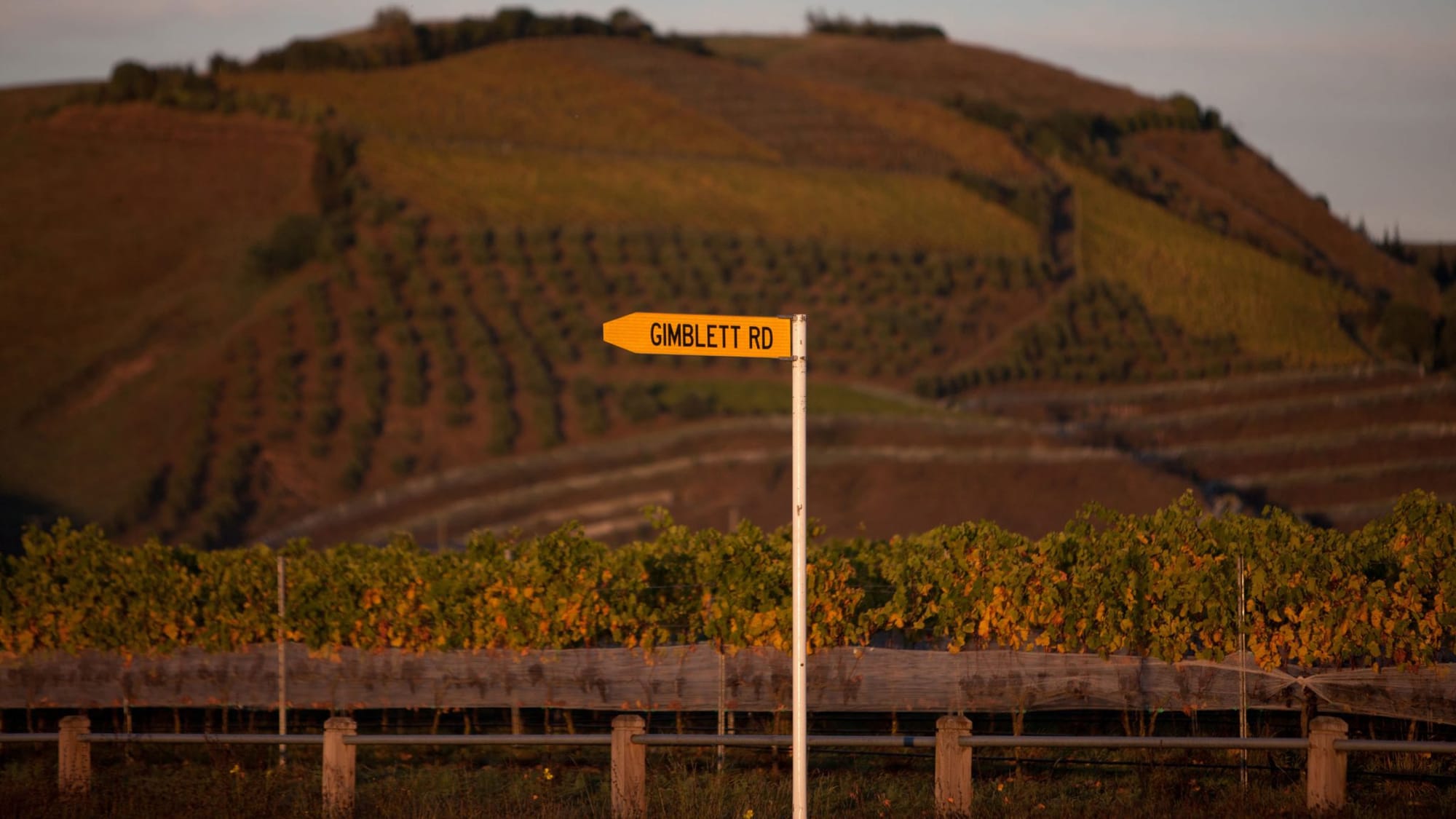
When Traditional PR and Marketing Fall in the Forest, Does Anybody Hear?
The traditional forms of marketing and PR are a little like monoculture plantations. Sure, they grow brand “trees” quickly, but they are fragile. It doesn’t take much for them to fail as a system if the only efforts are about creating buzz or awareness. The attention cycle is brutal and getting worse. It tends toward volume and toward the mechanics of attention: paid and earned media.
The trouble is, AI is changing everything. Marketers salivate over the efficiency that AI will bring to their operations. No need for designers or writers or even planners; all you need is a custom AI platform powered by Make or Zapier and you’ll have your stuff in front of people’s eyes reliably, more cheaply, and more often. But as the enduring brand guru Yogi Berra once said: The place is so popular, nobody goes there anymore.
More AI slop means more AI beige, which is like a plantation consisting of one tree species, which is susceptible to the greatest brand threat of all: irrelevance.
In 2024, Edelman’s Trust Barometer showed that peer-to-peer trust far outstrips trust in media and advertising (by 61 to 27 percent). It’s the networks of people engaging with the brand under the surface, and often in real life, that make the difference since trust increasingly lives offline.
Hearing Voices
Do you remember Outdoor Voices? The much hyped-brand relied heavily on PR and media coverage early on, and Fast Company, Vogue, and the New York Times were happy to position it as the cool-girl athleisure brand. Their influencer partnerships, high-profile collaborations, and Instagram-driven community events helped propel them to quick hype status. The speed lead to a weak “root system.” The loyalty they built was tied more to vibe than enduring values or quality heritage.
Multiple rounds of layoffs, a scaled-back retail presence, and diminished cultural visibility later, the brand dropped from view by the early 2020s. It’s still around, but the momentum has long gone.
Contrast that with Sunspel. The company, founded in 1860 in Nottingham, England, was built before hype machines were a thing. Their luxury basics like T-shirts, underwear, and polo shirts emphasized longevity and consistent quality above all else. They avoided aggressive retail expansion through carefully chosen flagship stores and partnerships, and they relied on heritage storytelling and discreet collaborations like the costume design for the James Bond classic, Casino Royale.
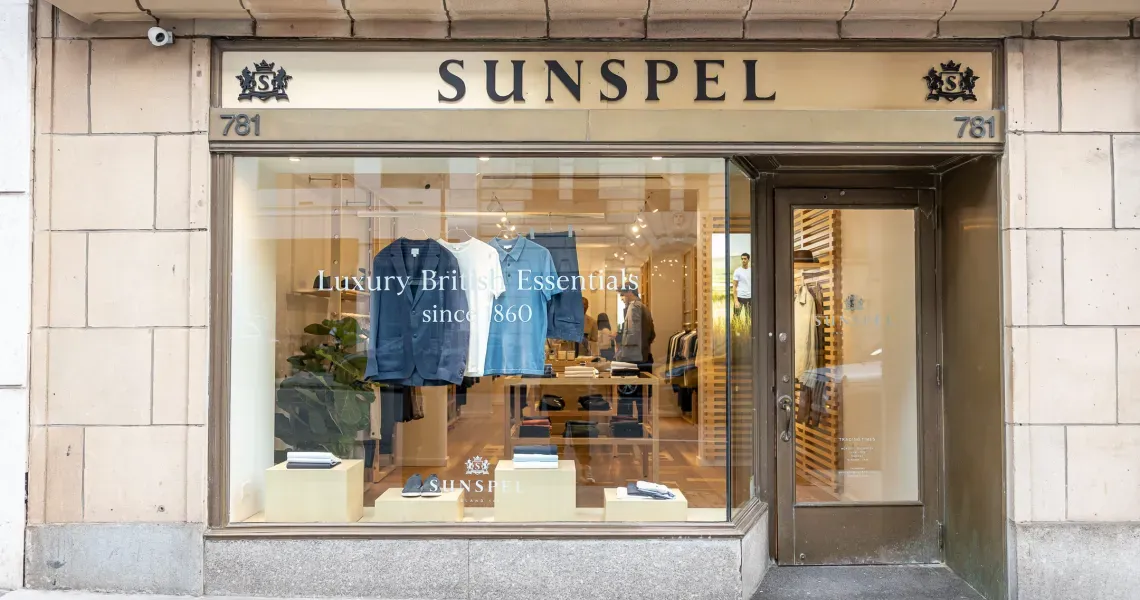
Sunspel’s deep “root system” is grounded in customer relationships built over decades, with loyalists buying the same product year after year. Their narrative is based in heritage storytelling focused on craftsmanship and provenance. Their growth has been slow and intentional, with an emphasis on sustainable margins and long-term reputation. They are almost allergic to hype and choose partners and retailers who are aligned with their brand values.
Despite them surviving world wars, recessions, and total transformations of the retail landscape, they still keep their core offerings steady and are still growing without mass advertising. Their brand equity is tied to their endurance and trust rather than fleeting PR attention.
Designing a Brand Like a Forest
So, putting it all into action, there are a few principles to follow if you want to design a resilient brand that works more like the underground networks of a forest. And while you can’t manufacture an authentic and resilient brand, you can slowly guide one, much as you might train a leggy plant with wooden stakes and twist ties.
Principle 1: Diversity
Diverse forests contain different species and ages of plants and trees. The diversity makes them less vulnerable to pests and disease because no single threat can take out the whole ecosystem. This principle of biodiversity is not some vague concept, it’s critical for survival. A forest brand encourages multiple overlapping storylines rather than forcing one central campaign. It lets communities adapt the brand’s expression to their own contexts.
Allpress Espresso, for example, is a New Zealand coffee roaster that allows partner cafés to interpret its brand locally in everything from menu variations to interior shop tweaks, creating many small, authentic “saplings” under one canopy. This brand decentralization creates cultural relevance in dozens of micro-markets.
Barnes & Noble offers another example. After years of decline, new CEO James Daunt took over and dismantled the centralized corporate buying model where HQ dictated which titles every store had to stock. Instead, he gave store managers and local staff autonomy to curate inventory based on their community’s taste. With every store’s selection now unique, reflecting regional reading habits, demographics, and even staff passions, book sales rose in the U.S. even as the overall market flattened post-pandemic. By 2023, Barnes & Noble had turned profitable again, reversing years of decline.
Principle 2: Symbiosis
In a mycorrhizal network, there is no charity, only exchanges. Trees trade carbon for nutrients; fungi trade minerals for sugar. Both benefit. Forest brands should build partnerships and customer relationships where value flows both ways, beyond transactional sales.
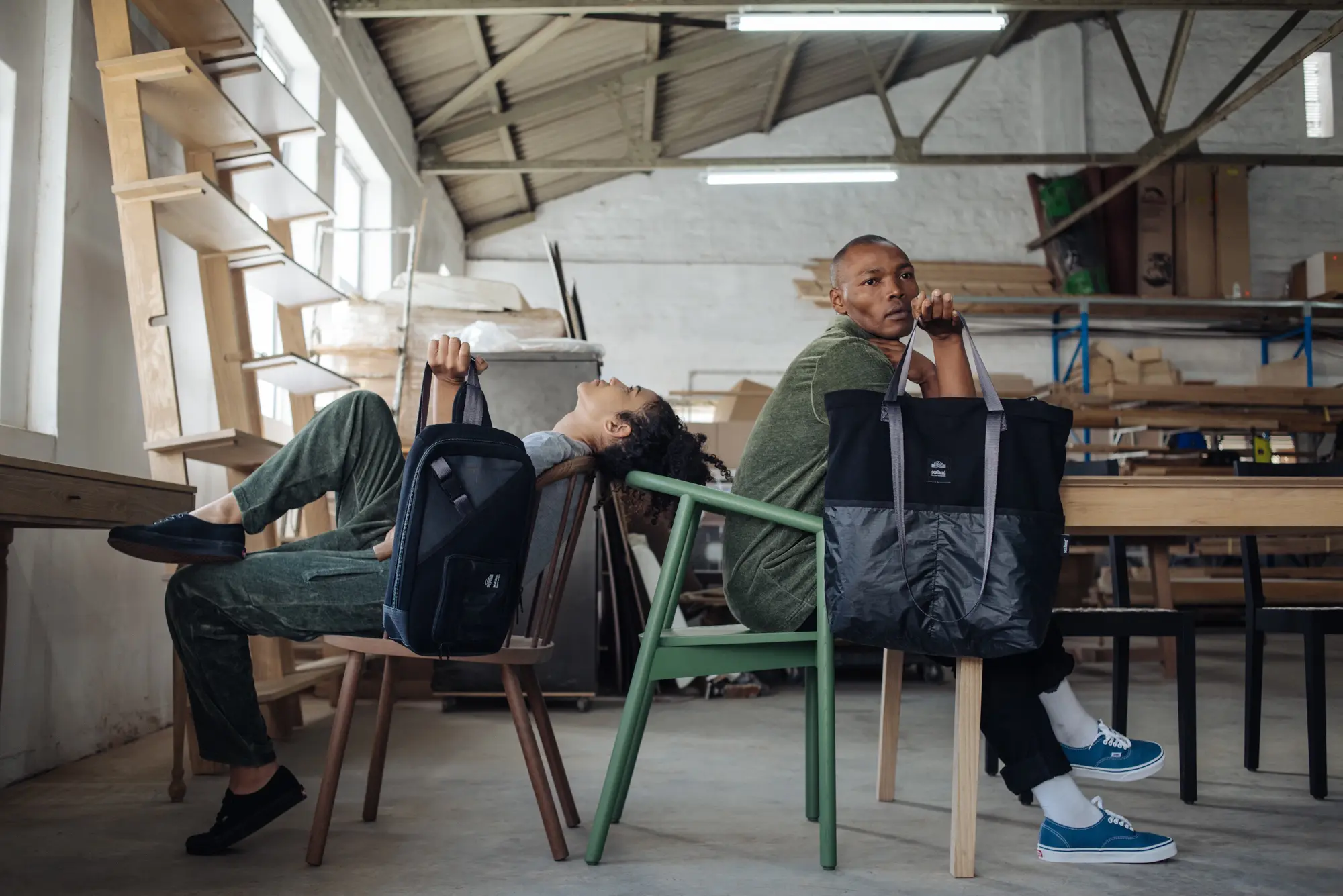
Sealand Gear, from South Africa, makes bags from upcycled yacht sails and billboards, employing local craftspeople while giving them creative agency to express themselves uniquely in their work rather than following strict brand guidelines. A framework ensures consistency of experience, but artisans work freely within it. This freedom-within-a-framework concept provides enduring familiarity combined with refreshing novelty for the products. The brand gains an authentic origin story and artisans gain a livelihood and even some recognition.
Principle 3: Patience
Old-growth trees can take eighty to one hundred fifty years to mature. In the meantime, they create shade and soil conditions that help other species thrive. So resist the pressure to pivot constantly for short-term trends. Instead, focus on building loyalty and meaning over decades. This can be a challenge for brand managers whose role is, frankly, more near-term-results oriented. But if the brand is structured within a continuity framework that allows freedom, as described above, then a good manager can be both a long-term steward and a short-term hero.
The Japanese brand Snow Peak makes outdoor gear but it also cultivates multi-generational customers through seasonal camping festivals and consistent product lines. A tent purchased in 2005 can still be repaired today. If you can balance near -term reasons for customers to care while tending to the brand in a way that ensures longevity, then the business and its current leaders can both win.
Principle 4: Resilience
Finally, just as damage to one part of the forest doesn’t collapse the whole because nutrients and communication can reroute through the network, it’s a good idea to ensure your brand story can survive without relying solely on traditional PR and advertising. By seeding a brand’s story in diverse and varied independent networks, there are more ways for it to find its audience. There’s no doubt a big splashy OOH campaign may actually serve an important strategic role, but a little affordable partnership with a local café may capture a few new fans who will become lifelong loyalists if the activation is just right.
The French sneaker brand Veja built its narrative around radical supply-chain transparency. The story is one that people care about and customers retell without prompting, keeping it alive even during marketing slowdowns. This multilayered approach to narrative, where big stories can live alongside small ones, all on asynchronous timelines, provides a more steady narrative platform that can help build a brand’s resiliency over the long term.

Under the Surface
In nature, the health of a forest isn’t only measured by how many trees and plants you see, but also by the vitality of the invisible network below the surface.
Brands that are diverse, symbiotic, patient, and resilient behave like old-growth forests, creating underground story systems that keep them healthy even when the surface looks quiet. Even Outdoor Voices, the brand that rode to notoriety on the back of facebook and Instagram before losing momentum, has shifted its approach as its founder is returns to lead an attempted comeback through a more customer attuned approach.
In contrast, the plantation model of PR and advertising may deliver short bursts of growth, but it’s always one storm, pest, or market shift away from collapse. The forest brand model, by contrast, is designed to outlast any single shock because it thrives on interconnectedness, not control.
If you align with this way of thinking but aren’t quite sure how to start, you can begin with this question: If your PR and advertising budget disappeared tomorrow, what customer, community, or partner connections would keep your brand’s story alive? And more importantly: Are you tending to them now, before you need them?
🔐 Edelman’s Trust Barometer
🌲 Creepy Video of a Forest “Breathing”

